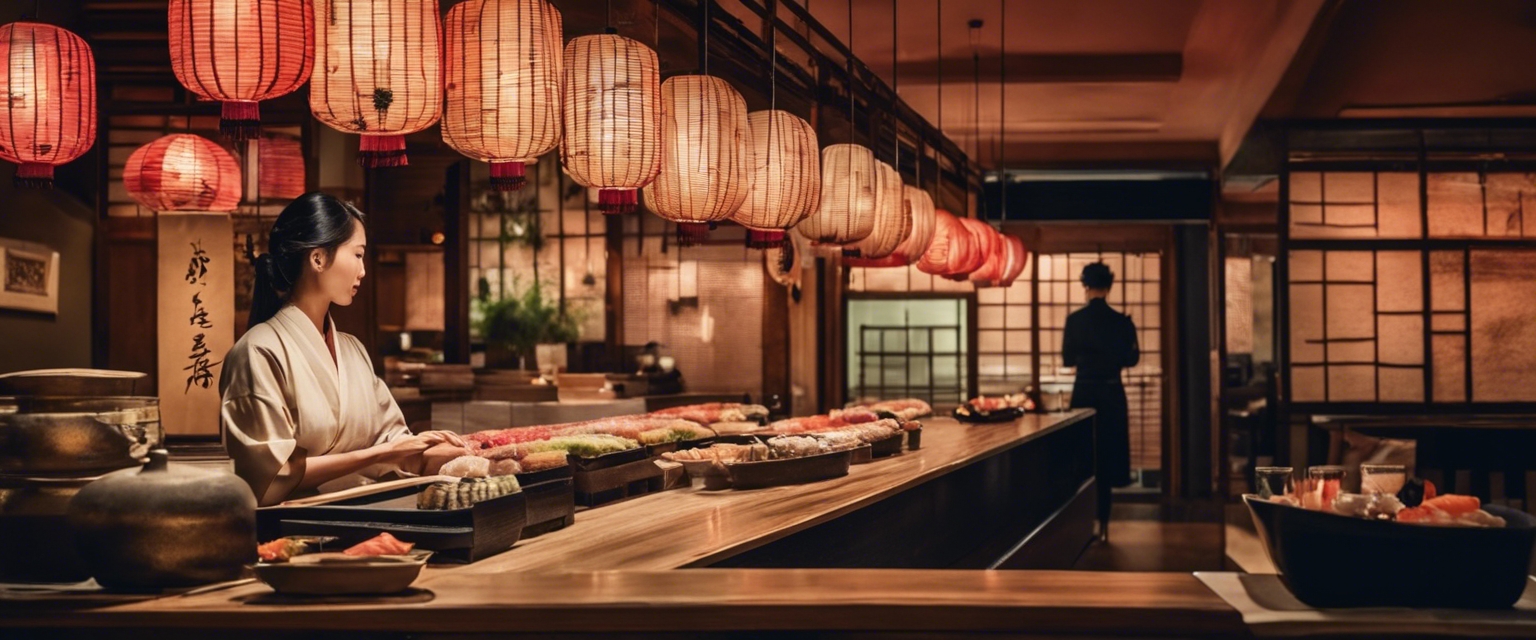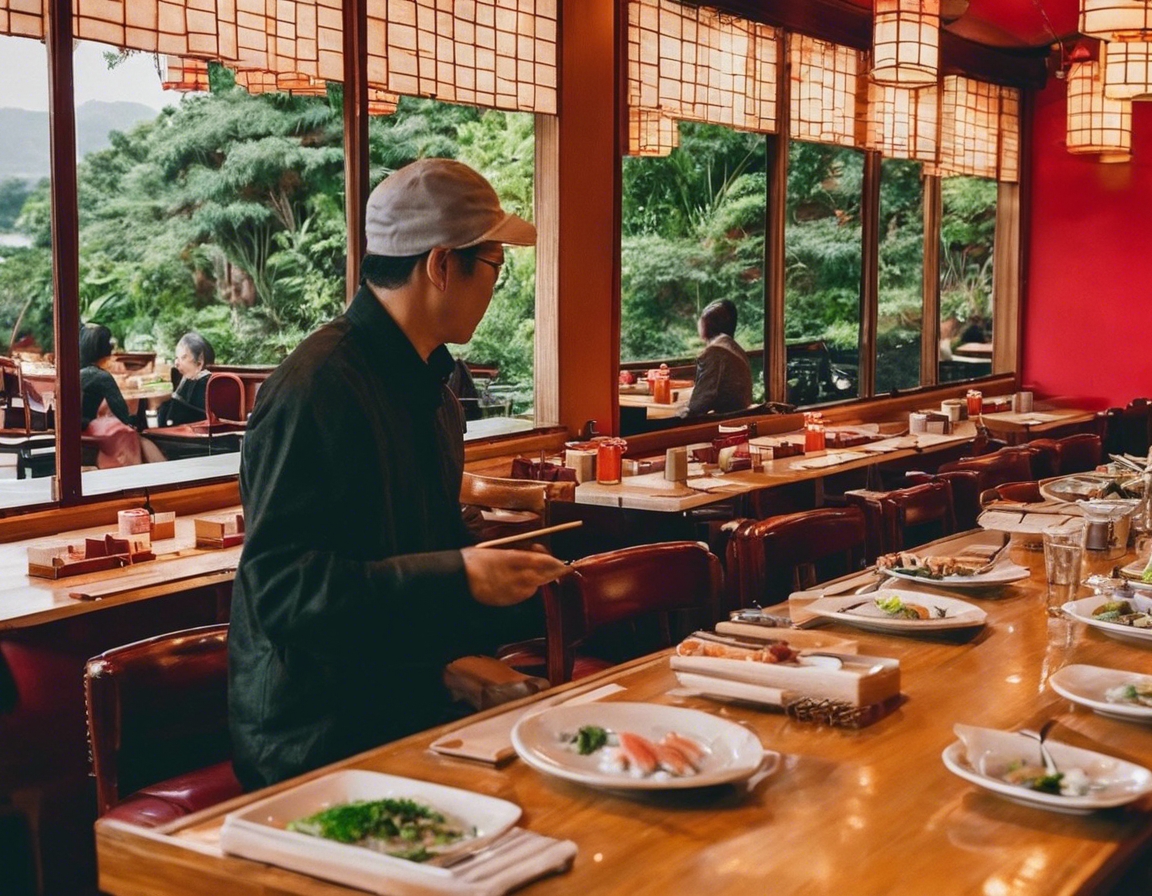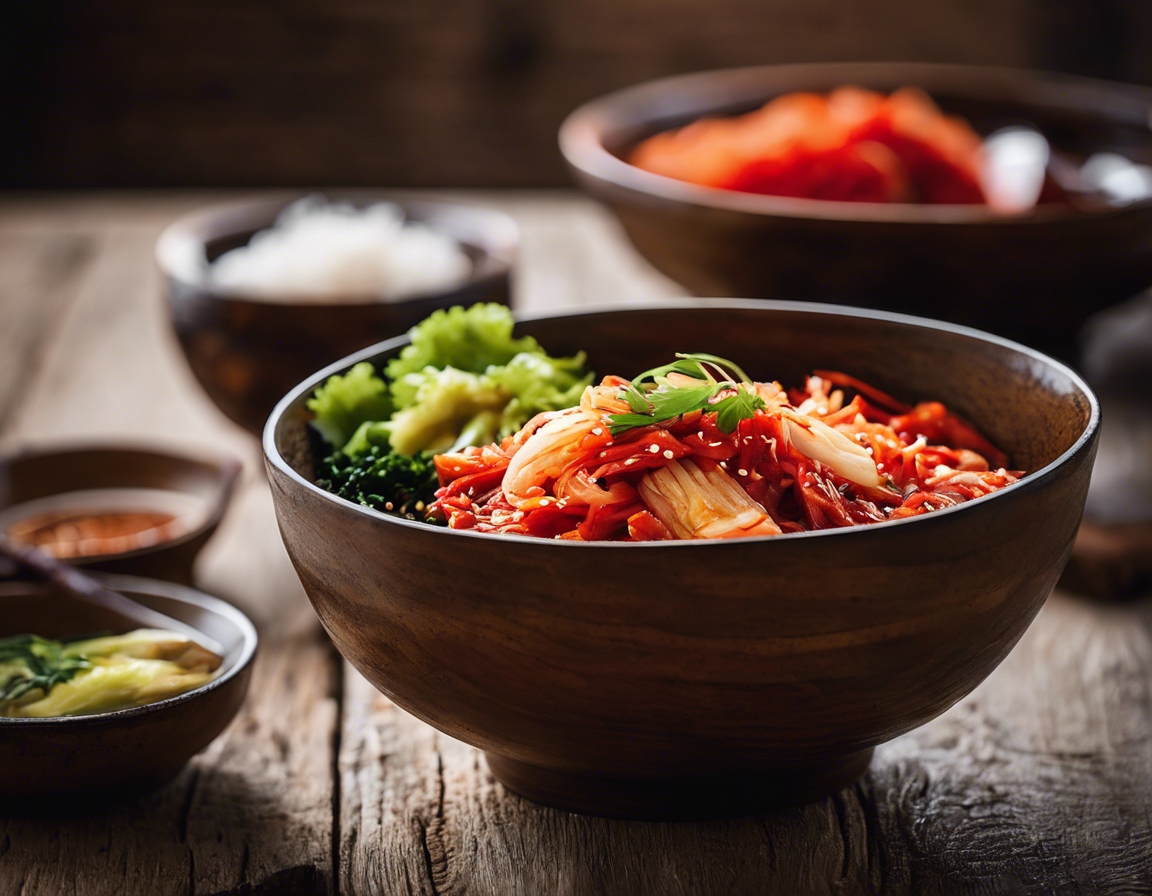The art of sushi: a culinary journey
Sushi, a dish that has captivated the palates of millions, has a rich history that dates back to the rice fields of ancient Japan. Originally a method of preserving fish in fermented rice, sushi has evolved into a sophisticated culinary art form. The journey from its humble beginnings to the present-day gourmet experience is a testament to sushi's enduring appeal.
Over the centuries, sushi has undergone a remarkable transformation. What started as a necessity for preservation has become a symbol of Japanese culture and cuisine. The transition from narezushi, the earliest form of sushi, to the contemporary varieties we enjoy today, reflects the innovation and refinement that sushi has experienced through the ages.
The Ingredients of Sushi
The foundation of sushi lies in its simple yet high-quality ingredients. Sushi rice, known as shari, is seasoned with a blend of vinegar, sugar, and salt to create the perfect balance of flavors. Fresh fish, the star of the dish, is selected for its texture and taste. Together with nori (seaweed), wasabi, and pickled ginger, these ingredients form the cornerstone of authentic sushi.
Seasonality plays a crucial role in sushi preparation. Chefs take pride in selecting the freshest seasonal ingredients, which not only provide optimal flavor but also reflect the changing seasons and the connection to nature that is central to Japanese culture.
Types of Sushi
Nigiri sushi, characterized by its hand-pressed rice topped with a slice of fish, is a true test of a sushi chef's skill. Achieving the delicate balance between the rice and fish requires precision and expertise.
Maki sushi, or rolled sushi, showcases the chef's ability to combine various ingredients into a harmonious roll. Wrapped in nori and sliced into bite-sized pieces, maki is both visually appealing and delicious.
Sashimi, often confused with sushi, is actually a separate dish consisting of thinly sliced raw fish. Its simplicity highlights the purity and quality of the seafood, allowing the natural flavors to shine.
Sushi Etiquette
Understanding sushi etiquette can enhance the dining experience. From the order in which you eat your sushi to the proper use of condiments, there are subtle nuances that can make a significant difference in how you enjoy your meal.
Respecting the traditions and customs of sushi is part of the experience. Knowing the do's and don'ts at a sushi bar, such as not overloading your sushi with soy sauce, can show reverence for the craft and respect for the chef.
The Sushi Chef: A Maestro of the Kitchen
Becoming a sushi chef is a journey that requires years of dedication and training. The rigorous process of mastering the art of sushi is a lifelong commitment that few are willing to undertake, but those who do are revered for their skill and passion.
The sushi chef is not just a cook but a performer, an artist who enhances the dining experience with their expertise and presentation. The interaction between chef and diner is an integral part of the sushi tradition, making each visit to the sushi bar unique.
Health Benefits of Sushi
Sushi is not only delicious but also nutritious. The combination of omega-3 fatty acids, proteins, and carbohydrates makes it a balanced meal. The inclusion of various vegetables and the minimal use of oil contribute to its healthfulness.
When consumed in moderation, sushi can be a healthy addition to a balanced diet. It's a flavorful way to enjoy a meal that is both satisfying and beneficial to your health.
Exploring Sushi Culture Around the World
The popularity of sushi has spread far beyond Japan, becoming a global phenomenon. From Tokyo to New York, sushi has found a place in the hearts and plates of people around the world.
The fusion of sushi with other culinary traditions has given rise to new and exciting flavors. This blend of cultures has led to innovative dishes that still pay homage to the essence of traditional sushi.






Comments (0)